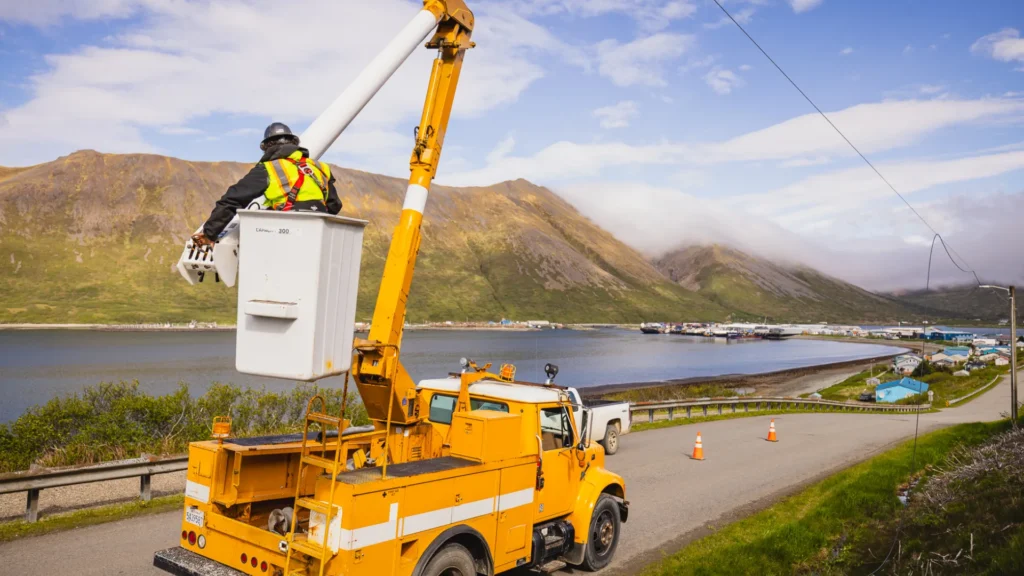The digital era has seen many advancements since the dawn of the internet, but never have America’s broadband networks shown their mettle as they have during the COVID-19 pandemic. As we’ve been tracking weekly network performance nationwide, the reports have shown that cable’s significant investment in infrastructure and technology upgrades over the last two decades has served consumers well as we increasingly depend on internet access for a wider variety of daily activities.
According to the MIT Technology Review, “the covid-19 crisis is driving the biggest expansion in years” when it comes to internet capabilities. With video conferencing software like Zoom replacing in-person meetings or even medical appointments, students going online to receive instruction or complete assignments in lieu of school closures, and with people turning to video streaming for in-home entertainment, network demand has never been this high.
In the latest findings from our COVID-19 dashboard, the data again indicates that cable broadband networks are operating well, responding to elevated consumer demand as people turn more and more to internet-connected devices in their homes. This week’s report shows that national downstream peak growth experienced a small, but measurable increase in downstream peak growth over last week, likely the result of scheduled updates for two popular gaming titles. Otherwise traffic falls in line with prior weekly measurements that reflect a 16% increase in demand since March 1st, a fairly consistent plateauing of demand peaks over the last six weeks (2.1%). Overall, national upstream peak growth is up 34% since March 1, with a similar flattening of increases over the last several weeks. The data also indicates more devices connecting to the Wi-Fi, as Wi-Fi data traffic and Wi-Fi calling increase.
Similarly, in addition to satisfying higher demand, U.S. broadband networks are also adapting to changes in consumer behavior, as we see some shifts in the time of day when peak demand is occurring, particularly for upstream traffic. Adapting to these changes has aided the nation’s response. Federal Communications Commissioner Brendan Carr reported to Axios that nothing in America’s network performances, including traffic flows and patterns, show that the U.S. will experience the broadband issues that Europe has endured. “The performance of the networks up to now doesn’t give any indication that we’re going to be in that type of situation,” said Carr.
A key reason that cable networks have proven so resilient has to do with investment and infrastructure planning. ISPs prepare for increased internet demands by always staying ahead of the curve, building out their networks and planning the necessary specifications that allow them to operate at high capacity, and constantly upgrading and monitoring the networks to anticipate and correct congestion issues ahead of traffic disasters. Cox Communications CTO Kevin Hart explained it like this to NetworkWorld, “To keep ahead of the traffic, we have been executing on our long-term plan that stays 12-18 months ahead of demand curves. We’ve had to scramble to stay ahead but 99% of our nodes are healthy.” And as we scramble forward in the coming weeks, the cable industry will continue in its quest to marry network preparedness and performance with the robust services that consumers continue to enjoy.









